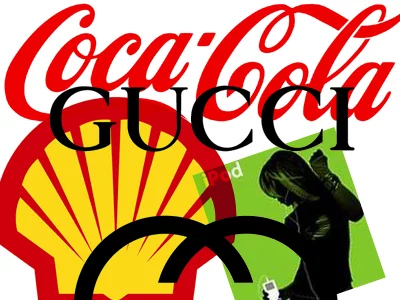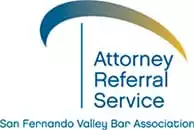Registered Trademarks: Protecting Your Brand

Intellectual Property Basics
Physical property is easy to understand – this is my car, my cell phone, my clothes. Those things have value and they’re protected by the law. Intellectual property is also valuable. In fact, it can be extremely valuable (like the formula for a new drug or the latest hit pop song). But it can be harder to nail down the ownership rights of intellectual property; you clearly bought that car and have it in your possession, but how do you possess a song or a work of literature or an invention?
That’s where intellectual property law comes in. The law recognizes three types of intellectual property protection, each with its own rules. Patents protect new inventions and technical processes or material improvements on prior technologies. Copyrights protect creative work, like music and literature. Trademarks protect the identity of a brand – like McDonald’s famous golden arches.
The idea behind intellectual property law is that other people shouldn’t be able to benefit from your ideas, creative work, or reputation without your consent. When you patent, copyright, or trademark your intellectual property, you’re invoking the power of those laws.
Trademarks and Registered Trademarks
As we mentioned above, a trademark is used to protect the logo, name, and other identifying characteristics of a given brand. For example, you couldn’t start a motorcycle company called Harley Davidson because that brand already exists and has the trademarks for that name. Trademark protection can also extend to logos and even specific colors (like Tiffany’s blue or T Mobile’s magenta). Basically, trademarks protect the identity of your brand so other people can’t piggyback off your brand recognition (or sabotage your good reputation).
There are a couple of different trademark symbols – TM, SM, and ®. The first two stand for trademark (for goods) and service mark (for services). They don’t actually have any legal significance, but it’s a good idea to use them whenever you use your name or logo to assert that you’re claiming branding rights. In some cases, you may be able to successfully bring an intellectual property claim if you can show that the other party knew about your branding.
The ® symbol is specifically for trademarks that are registered with the US Patent and Trademark office). This is the strongest protection you can get for your branding. Ideally, you should include that symbol wherever your brand name or logo are found. That gives everyone else notice that that branding is your intellectual property. If you fail to use the symbol and someone else infringes on your trademark, you’ll have to prove that they knew that your branding was trademarked – and that’s not an easy thing to prove.
Getting A Registered Trademark
So, a trademark is an important protection for your brand. And a registered trademark is a lot safer than an unregistered one. So, how do you go about registering a trademark?
Remember that the whole point of a trademark is protecting your brand’s unique identity. So the first step is to go to the Trademark Electronic Search System (TESS) to look up your business name in the federal registry and make sure that it’s unique. If it is, then you can go to the US Patent and Trademark Office’s website and register online; it’s a fairly quick process (and costs a few hundred dollars) and you may be able to get through it without the help of an attorney. They’ll process your application within around 6 months. In the meantime, use the TM or SM symbol to show that you’re claiming intellectual property protection for your branding. You’ll need to renew your trademark registration every 10 years.
Note that trademark protection goes to the first brand to use a name or logo in a given geographic area, regardless of whether it’s registered. So if you find that another company has jumped the gun and registered before you even though you were using that name, logo, or other symbol first, you’ll need to talk to an attorney about your options.
Not every registered trademark application is going to be accepted. Names that are very generic, for example, are hard to trademark since it’s hard to make the argument that it’s actually your intellectual property. It’s a lot easier to trademark Carrie’s Cupcake Crisis than it is to trademark Cupcake Shop. Of course, that can be a difficult thing to deal with if you’ve already set up your branding before trying to get a trademark. If that’s the case, you’ll need to work with an experienced intellectual property attorney to talk about how you can get a registered trademark and what other options you may want to pursue.
If you’re looking for help with a registered trademark or similar issue, we can connect you with an experienced local intellectual property lawyer who can help you understand your rights and options.
Image Credit and License
Are you in search for a certified attorney to represent you?
Let us help you find one today!


